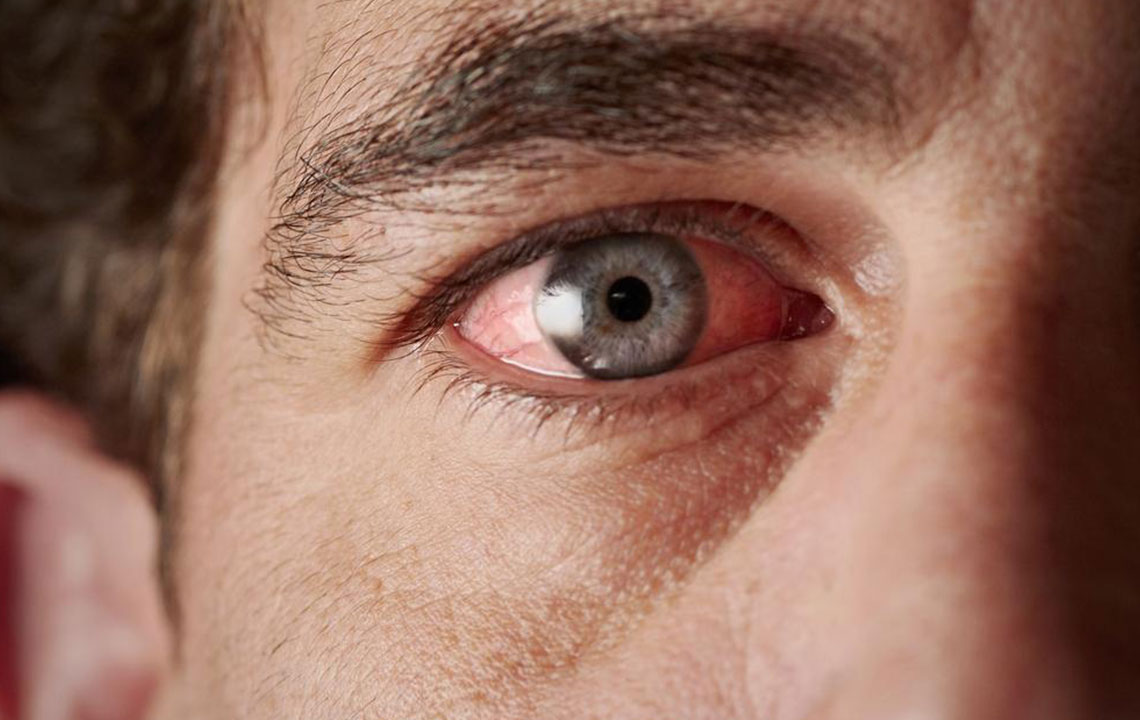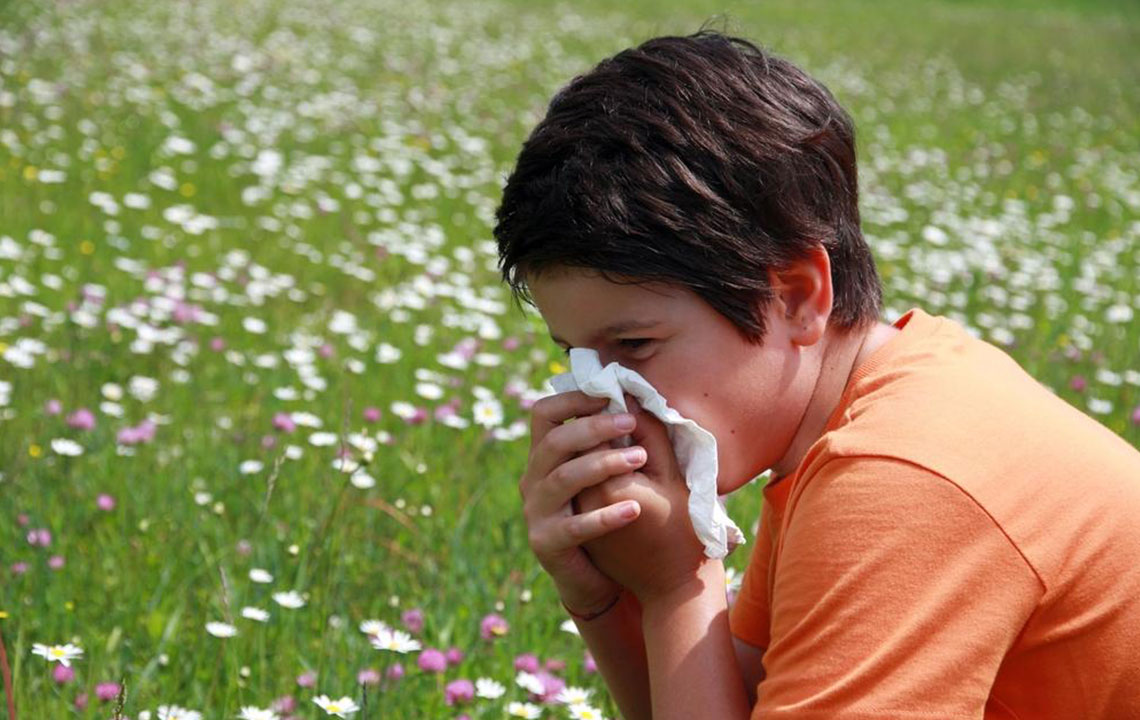Comprehensive Guide to Allergic and Itchy Eyes: Causes, Symptoms, and Effective Treatments
Discover an in-depth overview of allergic and itchy eyes, including common causes, symptoms to watch for, and effective treatment options. Learn how to identify triggers, prevent discomfort, and seek proper medical advice to keep your eyes healthy and clear. This comprehensive guide provides practical tips and insights for managing eye allergies and irritation, ensuring relief and better eye health overall.

Experiencing itchy, red, or irritated eyes is a common issue that many individuals face, particularly during certain times of the year or in specific environments. These eye discomforts are often caused by allergic reactions, which can significantly impact daily life and overall eye health. Understanding the underlying causes, recognizing symptoms early, and exploring effective remedies are essential steps toward relief. This comprehensive guide will explore various triggers of allergic and itchy eyes, detailed symptoms to watch for, and practical treatments to manage or eliminate discomfort.
Allergies are a primary culprit behind itchy eyes. When your immune system overreacts to certain substances—called allergens—it leads to inflammation and irritation in the eyes. Common airborne allergens include pollen from trees, grasses, and weeds, which are especially prevalent during spring and summer. Dust mites residing in bedding, carpets, and upholstery can also provoke allergic reactions. Pet dander from cats, dogs, and other animals is another potent allergen, as proteins in saliva, urine, and skin flakes easily become airborne.
Environmental pollutants such as cigarette smoke, vehicle exhaust fumes, and industrial pollutants can inflame the eyes and cause persistent irritation. Additionally, certain beauty and cosmetic products like mascara, eyeshadow, eyeliner, and facial creams might contain allergens or irritants, leading to contact dermatitis or allergic conjunctivitis.
Dry eyes are often mistaken for allergies but can coexist and contribute to ocular discomfort. When eyes don't produce enough tears or the tears evaporate too quickly, dryness and irritation occur. Conditions like blepharitis, which involves inflammation of the eyelid margin, can also cause symptoms akin to allergic reactions, including abnormal eyelash loss and swelling.
Identifying the symptoms of allergic and itchy eyes is crucial for proper management. Typical signs include relentless itching, redness, a sensation of grittiness, tearing, blurred vision, swollen eyelids, light sensitivity, and persistent eye pain. In some instances, the allergic response may extend beyond the eyes, resulting in sneezing, nasal congestion, runny nose, and even breathing difficulties, especially in severe cases.
Effective management begins with avoiding known triggers. This may involve staying indoors during high pollen seasons, using air filters, keeping living spaces clean to reduce dust and pet dander, and minimizing exposure to cigarette smoke and pollution. When avoidance isn’t enough, over-the-counter remedies such as antihistamine eye drops, oral antihistamines, and artificial tears can provide relief. These treatments work by reducing inflammation, soothing dryness, and interrupting allergic pathways.
For persistent or severe cases, consulting an eye care professional is highly recommended. An ophthalmologist or allergist can perform specific allergy tests to pinpoint exact triggers, allowing for targeted treatment plans. Prescription medications, including stronger antihistamines, corticosteroid eye drops, or immunotherapy, may be necessary for long-term management.
In addition to medication, adopting good eye hygiene and lifestyle practices can significantly reduce symptoms. Avoid rubbing your eyes, which can worsen irritation, and ensure proper contact lens hygiene if used. Implementing protective measures such as wearing sunglasses outdoors and using air purifiers can improve indoor air quality. Regularly cleaning bedding, curtains, and surfaces helps lower allergen levels. For individuals with sensitive skin or allergies, selecting hypoallergenic cosmetics and skincare products can also prevent contact reactions.
Awareness and early intervention are vital. Recognizing early signs of allergic eye reactions and adopting preventive measures can prevent progression to more severe conditions like conjunctivitis or chronic dry eye syndrome. With proper diagnosis, management, and lifestyle adjustments, most individuals can effectively control their symptoms and maintain healthy, comfortable eyesight.





